

Ben Zachariah
CarExpert's top five EV reviews of 2025
14 Hours Ago
Volvo's new entry-level electric SUV is fun, fast and pretty frugal at that. Could it be the new 'it' kid in the attainable EV market?
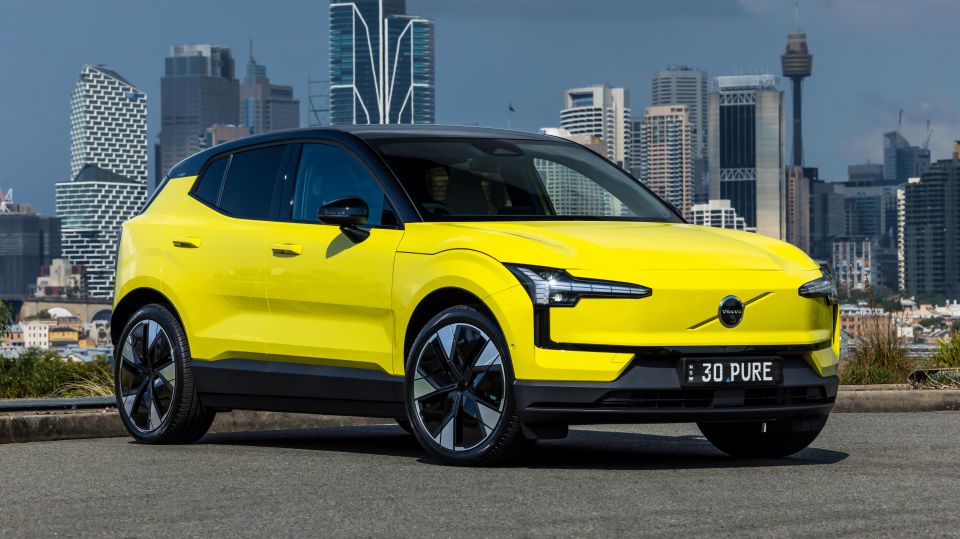
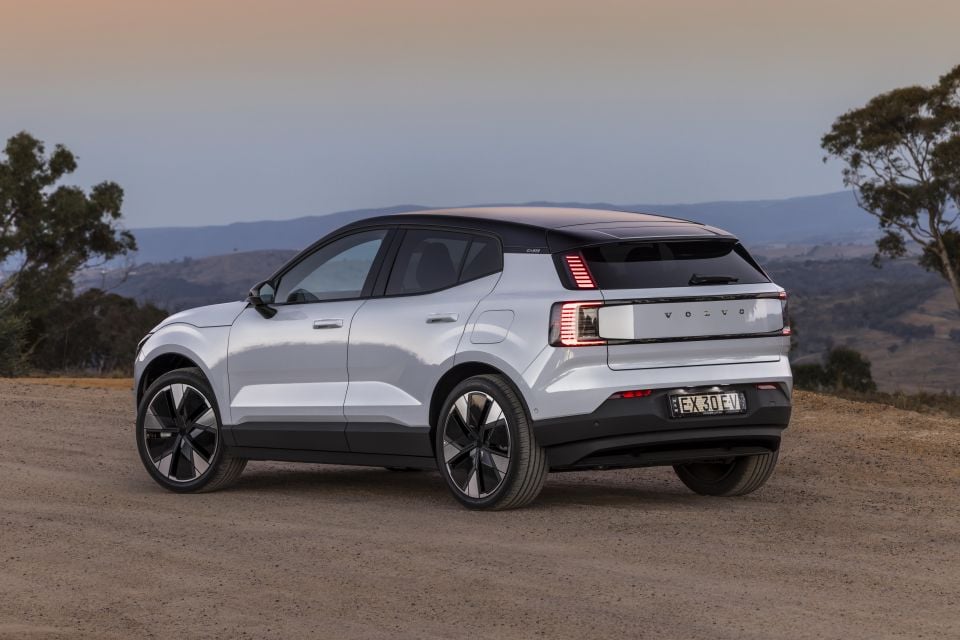

Quickly see how this car stacks up against its competition. Select any benchmark to see more details.
Where expert car reviews meet expert car buying – CarExpert gives you trusted advice, personalised service and real savings on your next new car.
Volvo’s latest entrant into the electric vehicle (EV) space has finally landed in Australia.

The 2024 Volvo EX30 takes the title of Volvo’s smallest current vehicle, as well as the fastest-accelerating model the Chinese-owned Swedish carmaker has ever produced.
Riding on the Geely SEA platform shared with the Smart #1 and Zeekr X electric crossovers sold overseas, the EX30 is a ‘subcompact’ EV crossover that slots below the existing XC40.
It’s currently only produced in Zhangjiakou, China, though the company has confirmed it will also build the EX30 at its Ghent facility in Belgium from 2025.
Measuring 4233mm long and 1837mm wide, the little Volvo EV is like the automotive equivalent of a staffy. It’s not all that large, but its squat and muscular proportions combined with large wheels make it look quite aggressive and sporty.
In photos it may appear larger than it is, but in reality it’s shorter in length than a Volkswagen Golf, if a little wider. It’s also smaller than the Cupra Born and Volkswagen ID.3 twins.
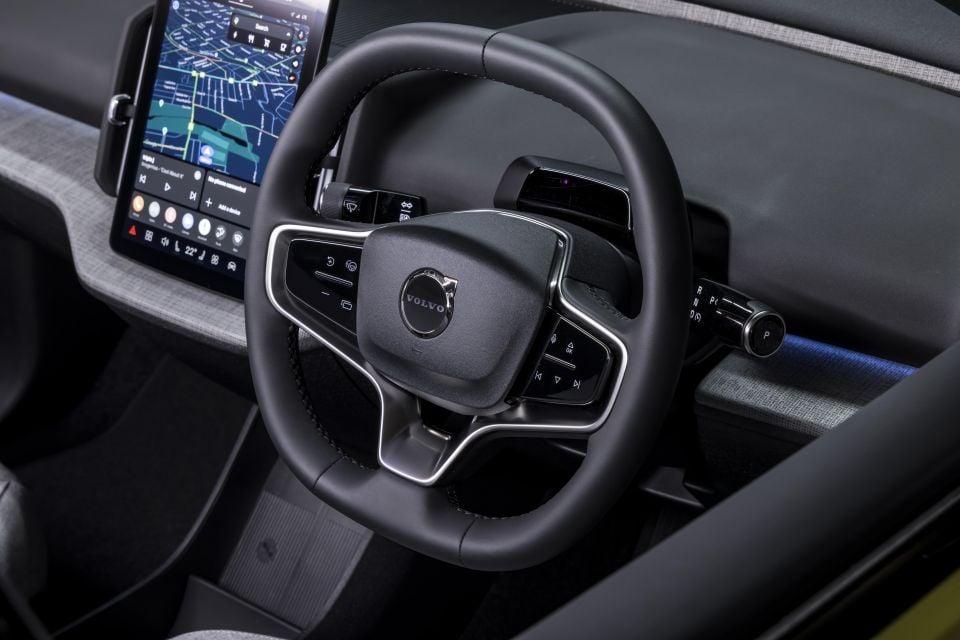
The EX30 enters a new price segment for Volvo’s electric range too, which the company openly says is strategic. Starting from $59,990 before on-road costs, the EX30 competes with everything from a high-spec MG 4 or Cupra Born to entry-level versions of the Tesla Model 3/Model Y on price. It’s a hot part of the market right now.
Volvo hopes to get plenty of conquest business as a result, and is reporting a positive early response from Australian customers.
Some 300 vehicles are hitting the country as we speak, with 3900 units expected to be delivered to customers throughout the course of 2024 – equivalent to about 30 per cent of Volvo Car Australia’s yearly volume.
There’s plenty to talk about, from the design to the performance and the focus on sustainable production. It’s also debuting Volvo’s new minimalist cockpit layout in Australia, which does away with the conventional instrument cluster.
Is it worth your attention? Read on to find out.
As noted earlier, the EX30 kicks off from a sharp $59,990 before on-road costs.
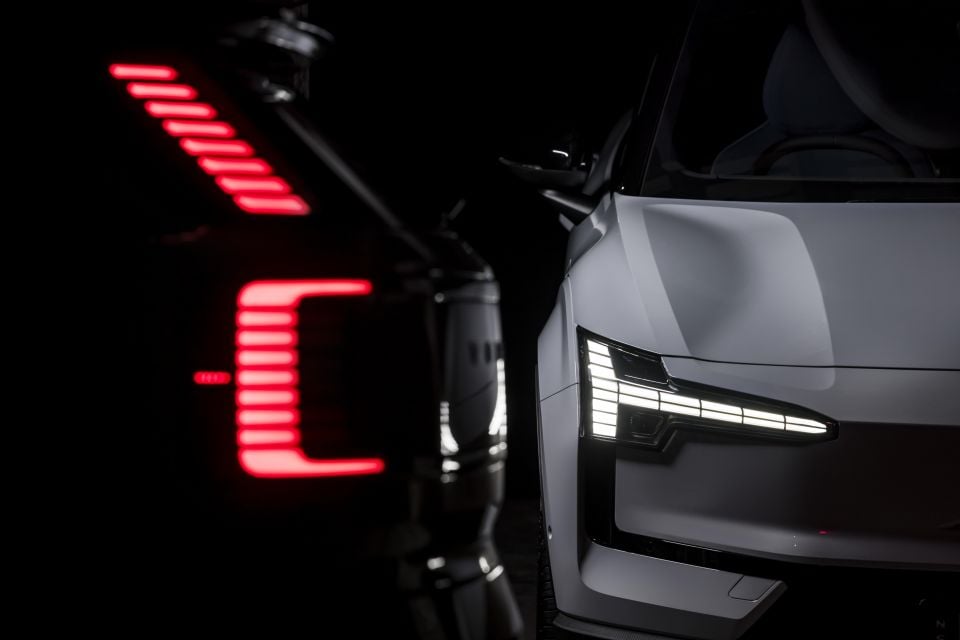
Volvo Car Australia has confirmed the initial MY24 allocation has sold out, with MY25 models available to order now. While specifications are carryover, the Ultra variants have seen $1300 price increases which the brand attributes to shipping and freight increases.
MY24 Volvo EX30 pricing:
| Model | $RRP |
|---|---|
| 2024 Volvo EX30 Single Motor Extended Plus | $59,990 |
| 2024 Volvo EX30 Single Motor Extended Ultra | $64,990 |
| 2024 Volvo EX30 Twin Performance Ultra | $69,990 |
MY25 Volvo EX30 pricing:
| Model | $RRP |
|---|---|
| 2025 Volvo EX30 Single Motor Extended Plus | $59,990 |
| 2025 Volvo EX30 Single Motor Extended Ultra | $66,290 (+$1300) |
| 2025 Volvo EX30 Twin Performance Ultra | $71,290 (+$1300) |
Prices exclude on-road costs
To see how the Volvo EX30 lines up against the competition, check out our comparison tool.
Buy your new car without the stress. It's fast, simple and completely free.

Great service from Travis and team, second time I have used this business would not hesitate to recommend them to anyone
Craig C.
Purchased a Ford Ranger in Sunshine Coast, QLD
CarExpert helped Craig save thousands on his Ford Ranger, now let us save you on your next new car.
Find a dealLike the larger EX90, the EX30 is a real shift in Volvo’s interior design language.
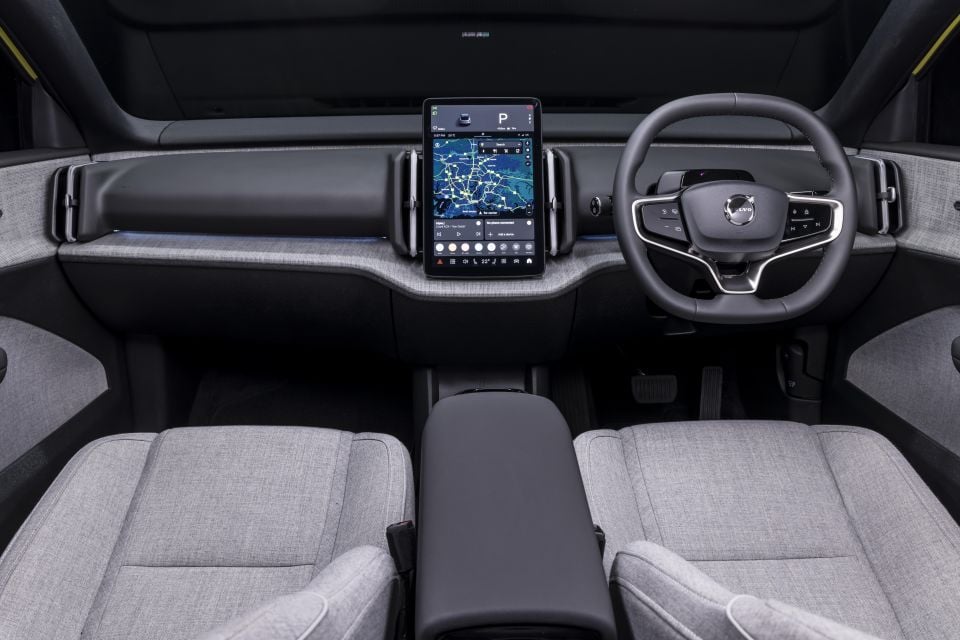
Volvo has been very candid about its sustainable approach to the EX30’s interior – it’s claimed to be the most sustainable Volvo model ever produced.
It’s entirely leather-free, with a choice of up to four interior upholstery and colourway choices, all of which bring a very unique vibe and flavour to the cockpit. The company told us they’re affectionately named ‘lounge rooms’.
According to the Swedish brand, the interior incorporates renewable materials including flax, wool and denim upholstery “created from the waste fibres of the denim manufacturing process”.
My personal favourite is the wool-blend-like grey interior available on the Ultra grade, paired with interior ornamentation that looks like the cross pattern for glue on the back of tiles – random, but kind of cool.
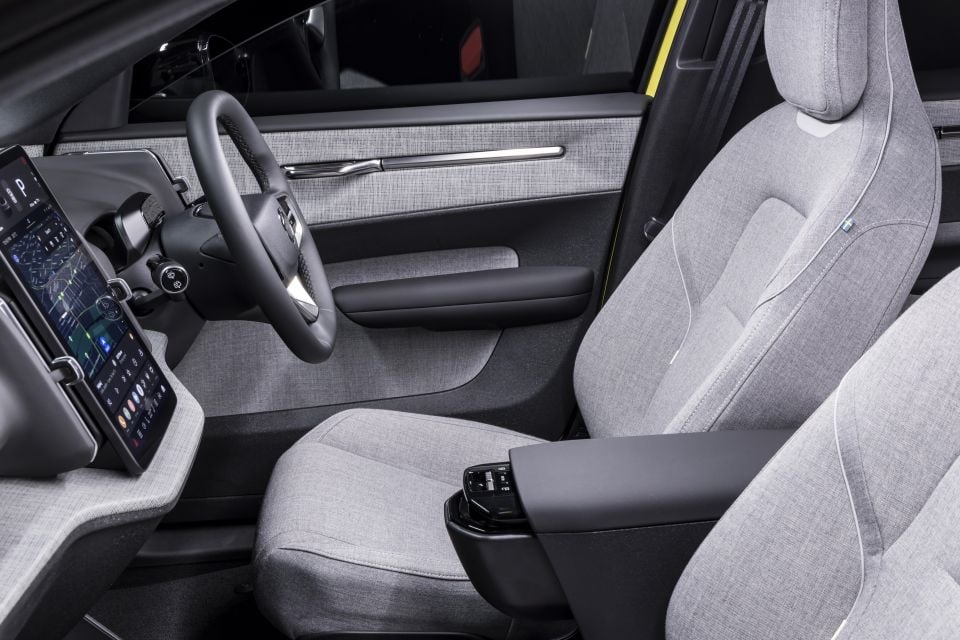
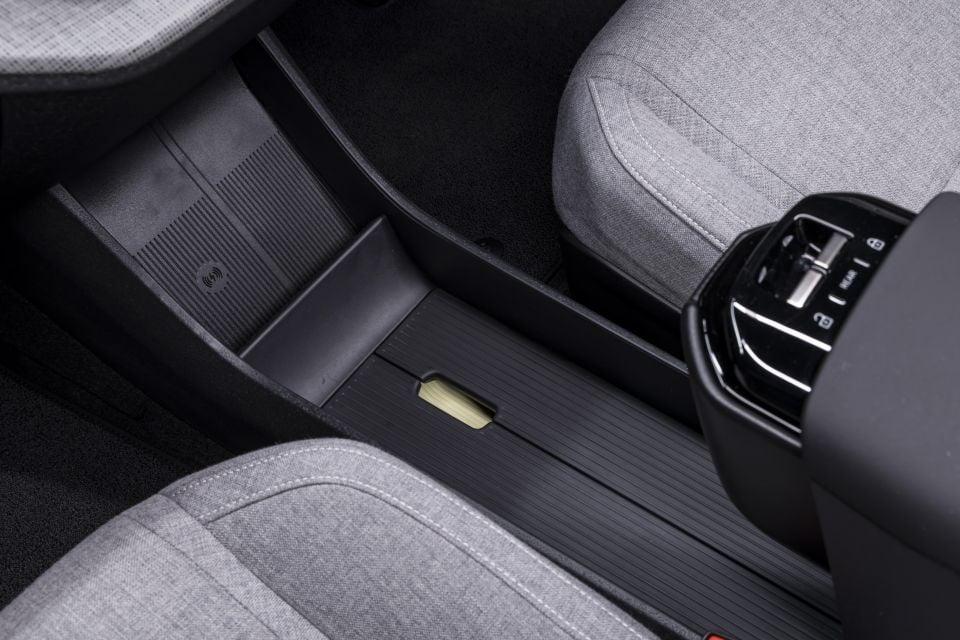

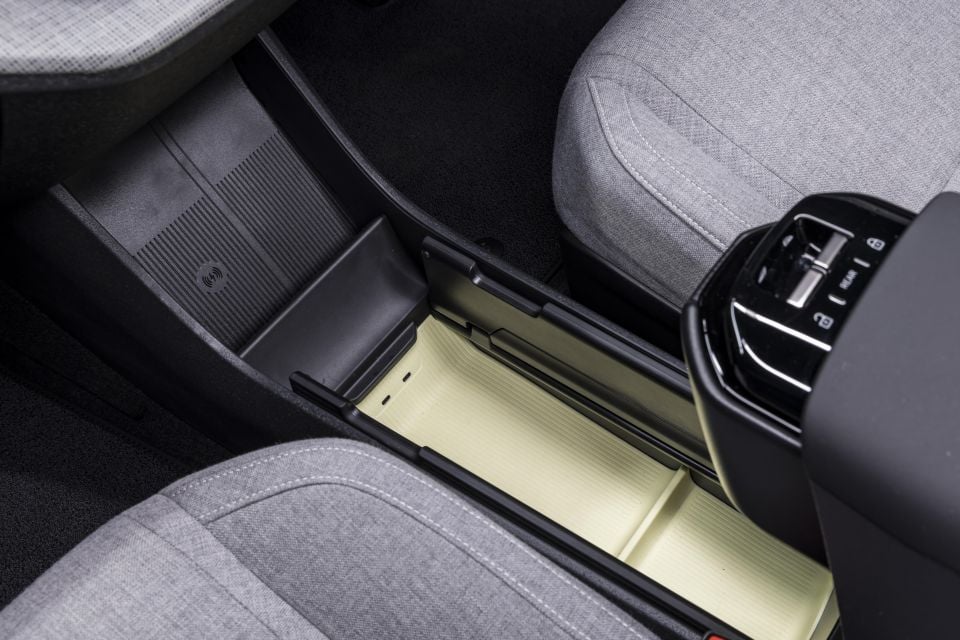
Overseas media were somewhat critical of some of the interior’s construction, but to me it’s a really nice blend of colours, textures and surfaces.
The tops of the doors (including the rears), dashboard and armrests are all padded in nice squidgy plastics while the harder plastic surfaces, which are likely recycled too, are nicely textured and have some specks of colour in them.
All of the touch points feel quite high quality and Volvo-like too. The shiny metallic vent internals and switch accents, as well as the tasteful applications of piano black, all lift the ambience. It certainly feels more premium inside than something like an MG 4 or Cupra Born, and more on par with the new Model 3.
There’s a heap of funky storage options too, such as the double phone holder at the base of the dashboard, and the opening trap door that can hide away smaller items like keys and wallets or serve as a platform for a handbag.
Another Easter egg is the sliding cupholder drawer that can be retracted completely, or pulled out to reveal one or two cupholders. Above it sits a small console with window and lock switches.
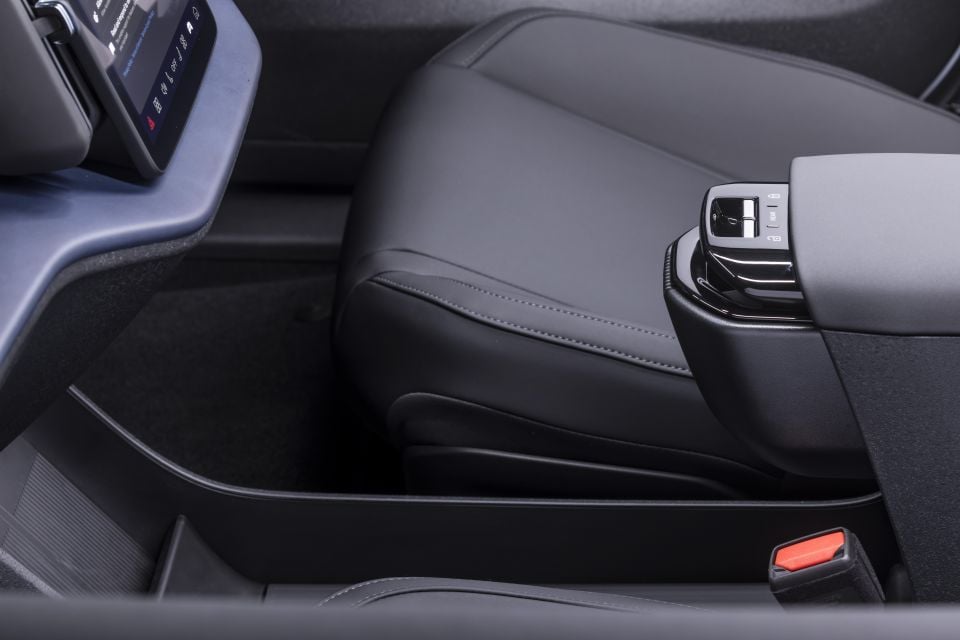
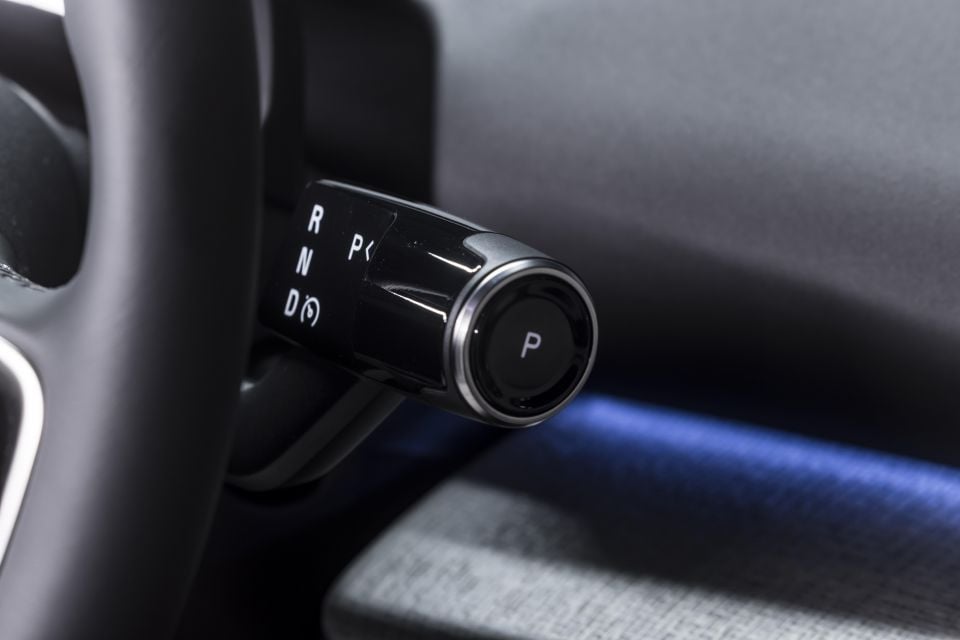
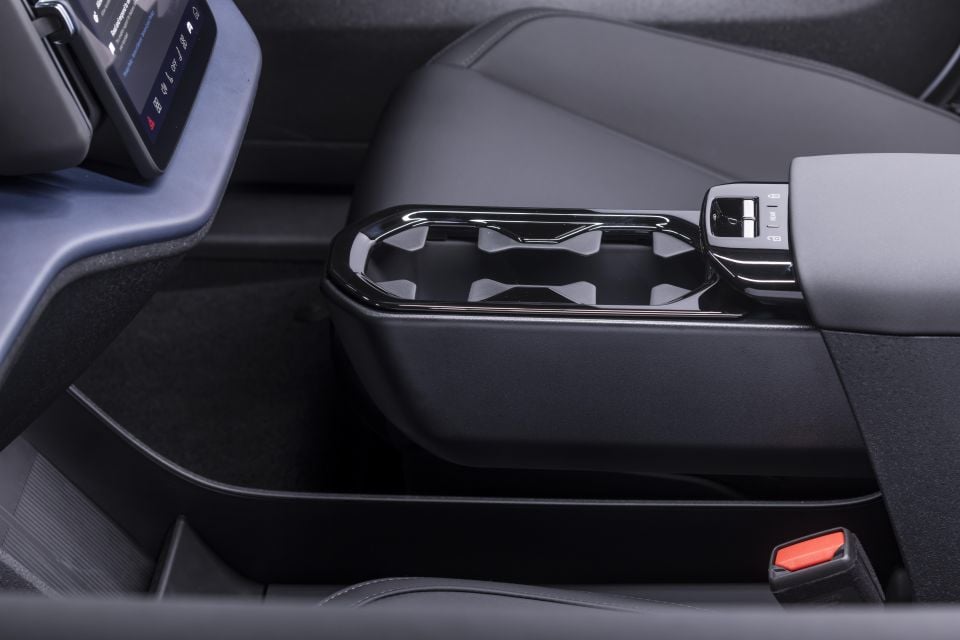
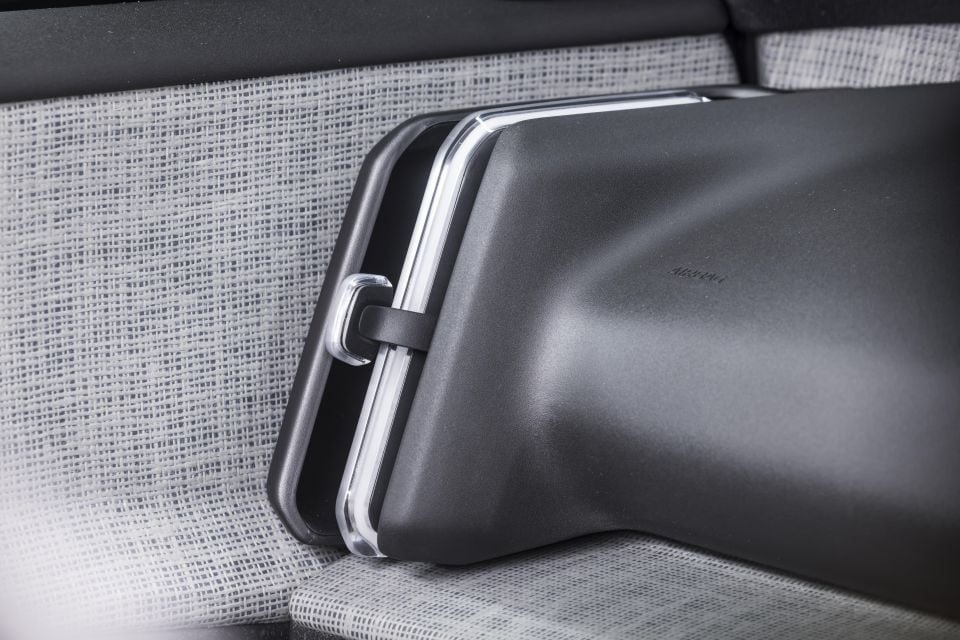
There’s a hidden glovebox in the centre too, under the centre touchscreen. You can’t manually open it, and instead it’s accessible via a button on the touchscreen and is surprisingly deep.
Seat comfort up front is pretty good, with figure-hugging front chairs that are sporty in design but are very supportive and comfortable – especially in the grey fabric of the Single Motor Ultra we tested.
They’re electrically adjustable too, with a funky squircle dial that adjusts fore and aft, well as for height and backrest recline.
Sadly, you can’t adjust the angle of the seat base, nor is there an extendable base cushion like more expensive Volvos – it’s one of my favourite premium features.
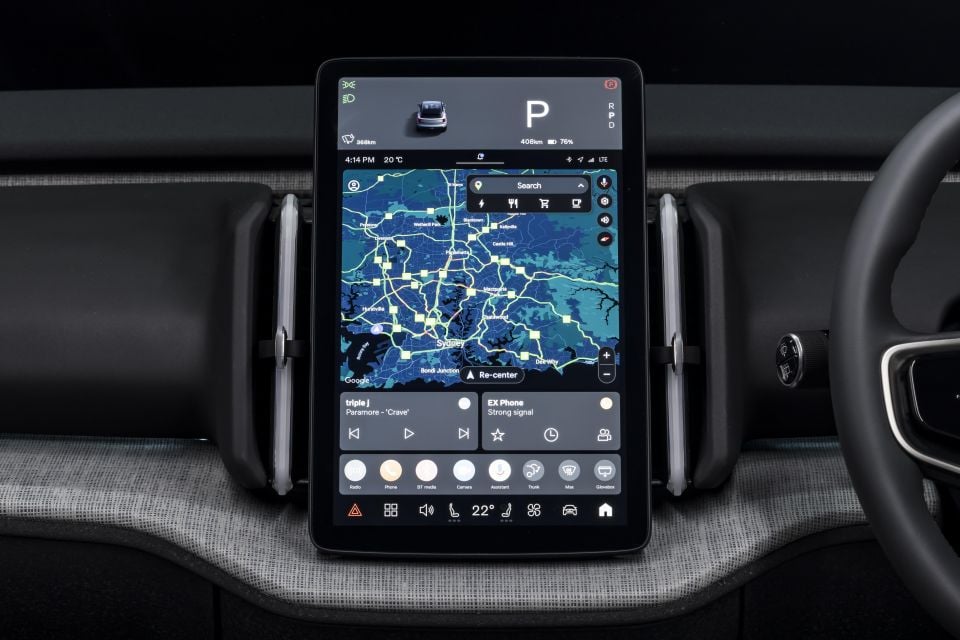

You don’t get an instrument cluster of any kind either, which is a bit of an adjustment. There’s a module for the driver monitoring (which will flash up a notification to take a break every time you yawn), but otherwise your usual supervision cluster functions are positioned atop the 12.3-inch touchscreen – much like a Tesla.
It may take some getting used to, but you eventually get on with it. A quick glance to the left of the steering wheel to check speed isn’t necessarily ideal, but manageable.
I wish there was at least a head-up display, as it can occasionally take a bit of double-checking to see some things like cruise control information.
That 12.3-inch touchscreen display features Google built-in with embedded apps like Google Maps and Google Assistant. It’s also compatible with wireless Apple CarPlay and supports over the air (OTA) updates. There’s no Android Auto mentioned, but the native system is very much like a big Android phone anyway.
A lot of settings are frustratingly buried in submenus in an effort to minimise physical switchgear, but thankfully the menus and interface are pretty user-friendly, clearly labelled and quick to respond.
We only got a brief chance to test out the Harman Kardon soundbar, positioned under the windscreen, which incorporates tweeters, mid-range speakers and a woofer outlet much like a home audio system.
It was surprisingly punchy and really transmitted audio right through the cabin – plus it frees up space in the doors where speakers would normally be.
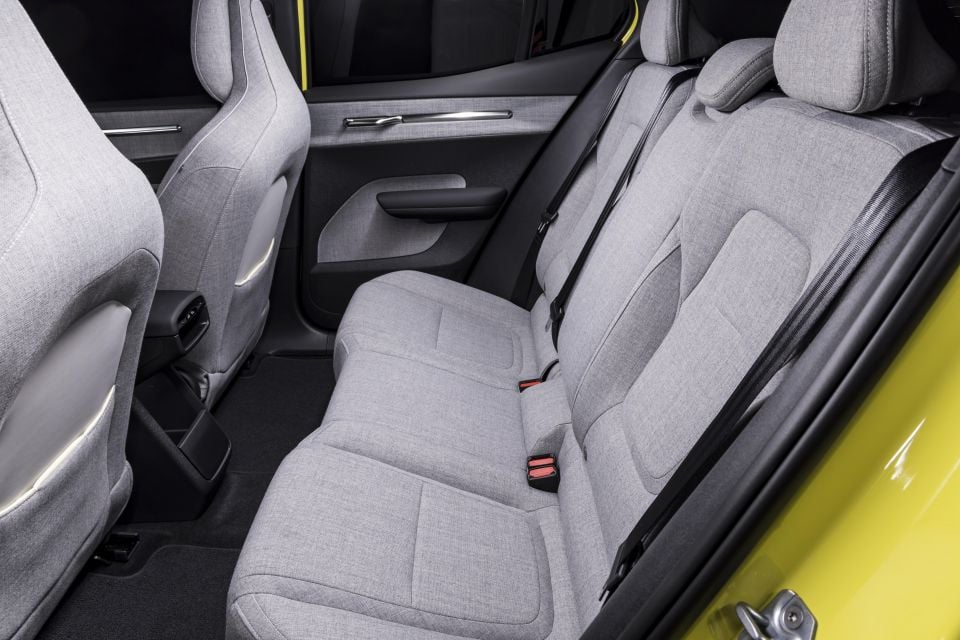
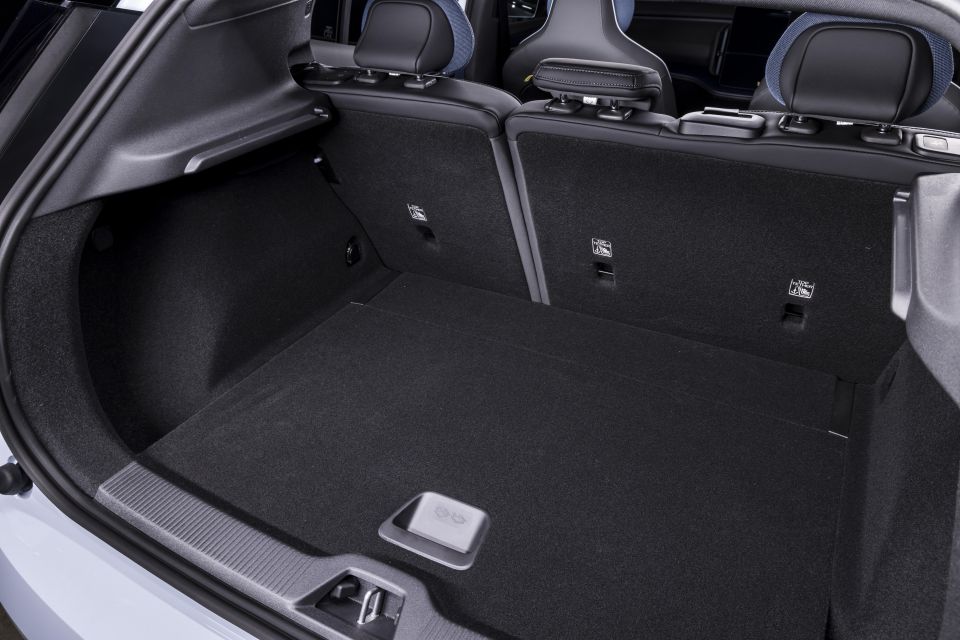
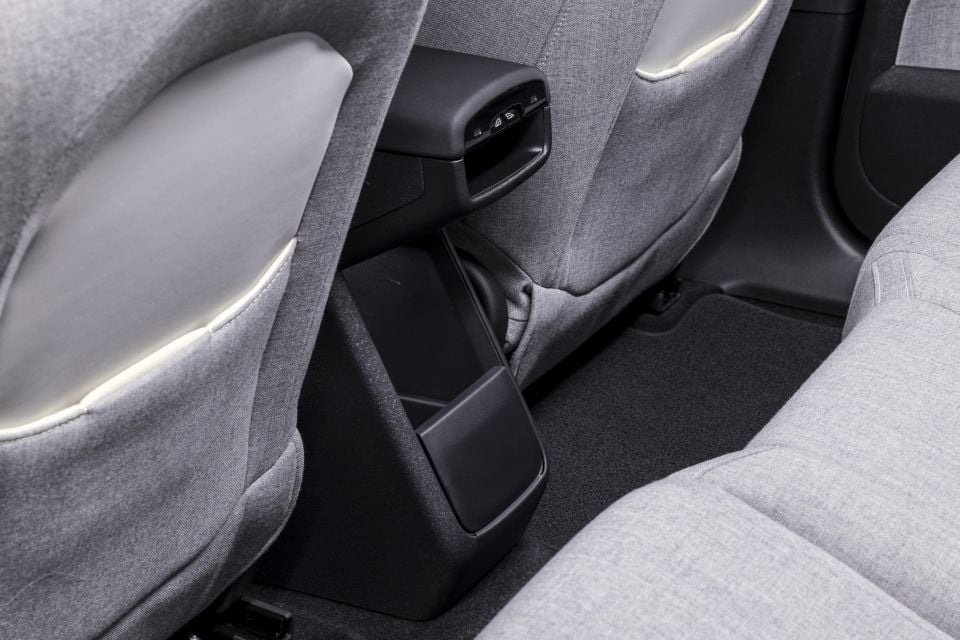
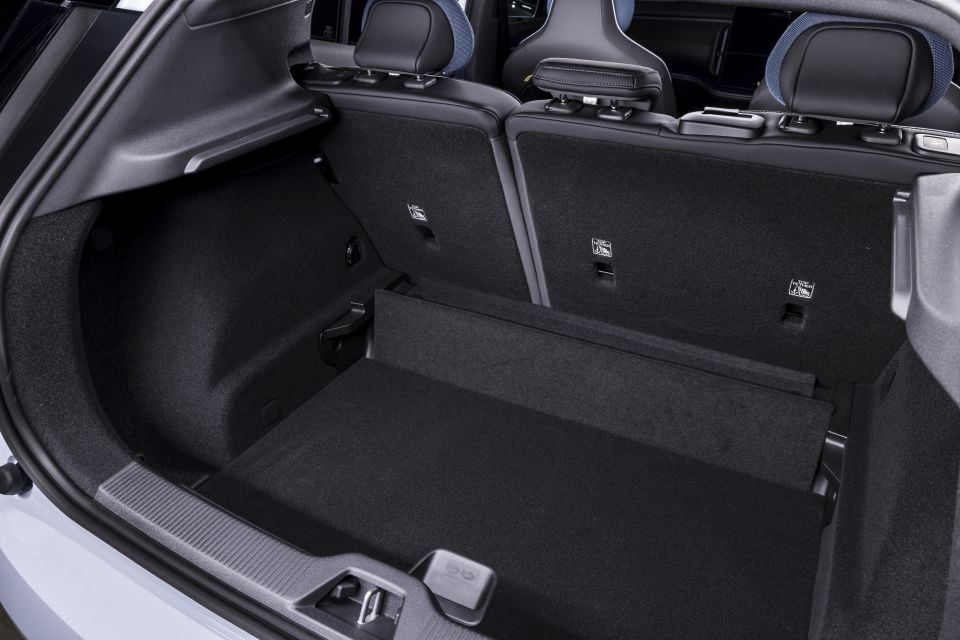
Less impressive was the back seat, which is pretty cosy for taller occupants like 6’1 (185cm) me. Behind my preferred driving position my knees were just scraping the front seatbacks, though headroom was fine even with the panoramic roof.
You can see this being a fine four-seater for a couple or young family, but if you regularly cart around tall adults you might want to look at the XC40 (soon to be EX40) as it offers segment-busting rear accommodation.
You also only get a storage bin and window switches in the rear of the centre console, and no adjustable ventilation.
With the rear seats in place, boot space measures 317L, expanding to 904L with them folded. There’s an adjustable boot floor to make a flat load bay when configured as a two-seater, which also creates an underfloor area to hide cables.
In keeping with the urban focus, there’s no spare wheel either, just a tyre repair kit.
Australia gets two drivetrain variants, with the same Extended Range battery pack.
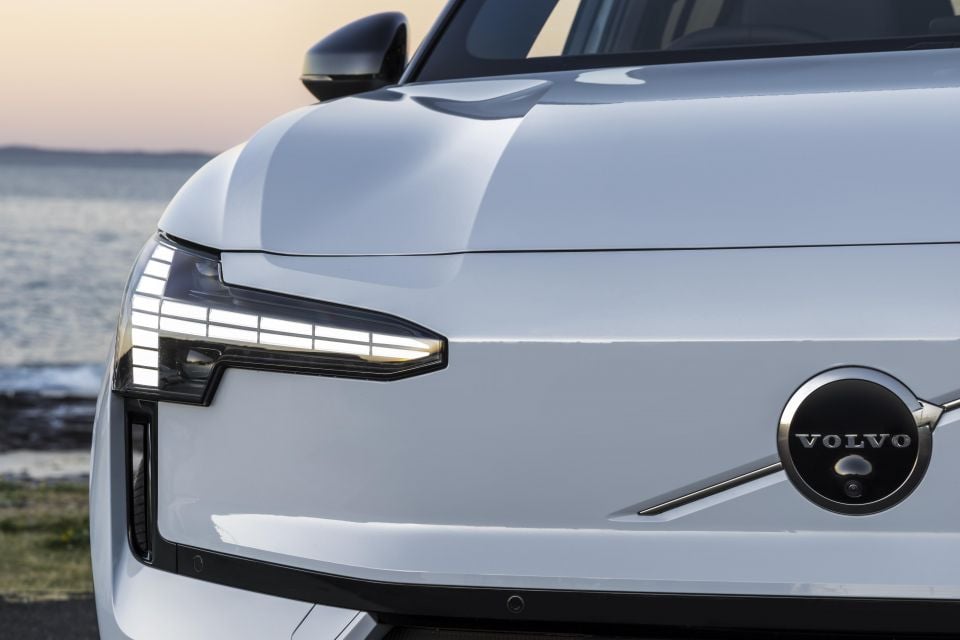
| Volvo EX30 Single Motor | |
|---|---|
| Electric motors | Single motor, electric |
| Total system power | 200kW |
| Total system torque | 343Nm |
| Driven wheels | Rear-wheel drive |
| Battery | 69kWh nickel manganese cobalt |
| Weight | 1810kg |
| 0-100km/h (claimed) | 5.3 seconds |
| Top speed | 180km/h |
| Claimed range | 462km (WLTP) |
| Energy consumption (claimed) | 17.5kWh/100km |
| Maximum DC charging rate | 153kW |
| Charging time (10-80 per cent) | 30 minutes |
| Volvo EX30 Twin Performance | |
|---|---|
| Electric motors | Dual motor, electric |
| Total system power | Front: 115kW Rear: 200kW Total: 315kW |
| Total system torque | Front: 200Nm Rear: 343Nm Total: 543Nm |
| Driven wheels | All-wheel drive |
| Battery | 69kWh nickel manganese cobalt |
| Weight | 1920kg |
| 0-100km/h (claimed) | 3.6 seconds |
| Top speed | 180km/h |
| Claimed range | 445km (WLTP) |
| Energy consumption (claimed) | 18.0kWh/100km |
| Maximum DC charging rate | 153kW |
| Charging time (10-80 per cent) | 30 minutes |
While our launch drive wasn’t quite indicative of real-world mixed driving conditions, we were seeing indicated energy efficiency of 18-19.5kWh/100km which is pretty bang on the claim, noting our high ratio of high-speed roads and spirited driving.
To see how the Volvo EX30 lines up against the competition, check out our comparison tool.
Our Australian media launch drive took us from the streets of Adelaide out into the picturesque Barossa Valley.
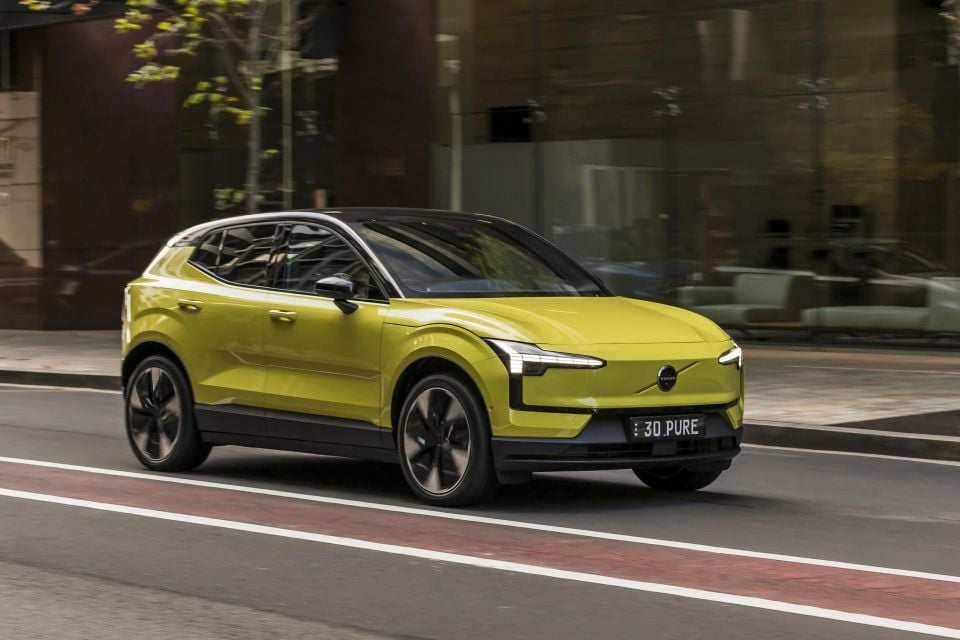
We started off in the Single Motor first. All versions on test were the higher-grade Ultra specification, with 20-inch alloy wheels fitted – though according to official documents these should be exclusive to the Twin Motor…
Anyway, leaving Adelaide Airport in the Single Motor Extended gave us the chance to see how Volvo’s city-sized SUV deals with well, city roads. Being a little car with a bit of weight and big wheels surely would test out the urban ride.
The EX30 Single Motor pleasantly surprised us with its more comfort-leaning tune, with plenty of suspension travel dialled in to cushion occupants from the lumps and bumps of city life.
It also demonstrated good body control over successive bumps, though the trade-off for that is at higher speeds where it would occasionally porpoise over successive undulations or a series of sharper hits. That said, it was never wallowy, but perhaps didn’t feel quite as tight in this respect as some of its rivals.
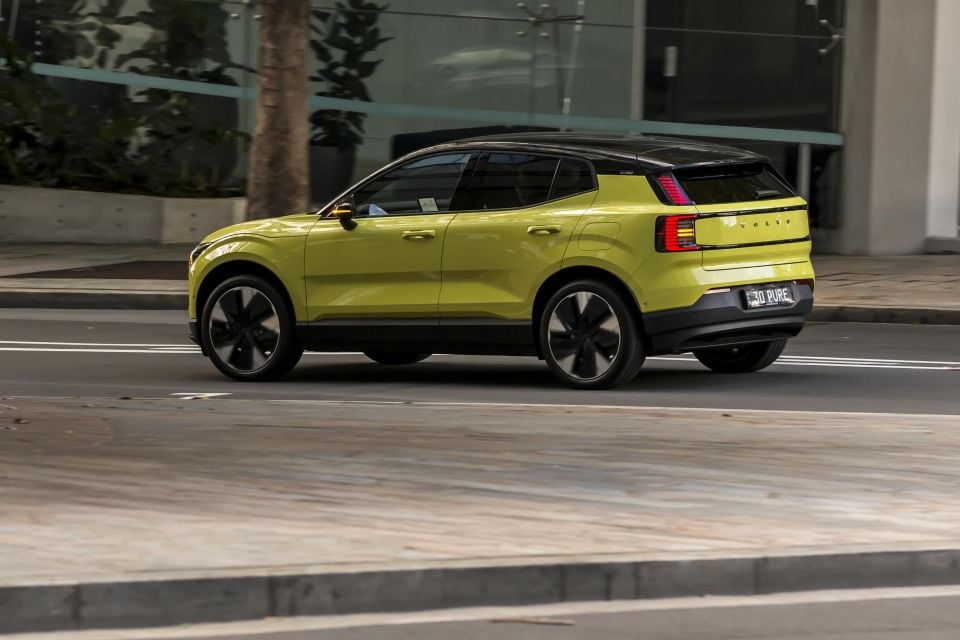
Even the Single Motor has plenty of performance, with more than enough shove for urban driving. There’s plenty for getting up to freeway speeds too – 343Nm from rest is a lot for a little car, after all.
Like the Volvo XC40 Recharge (soon to be EX40 from MY25), the Swedish brand has dialled in some doughiness into the throttle response to avoid suddenly jolting forward with all that torque.
While that may sound negative on paper, it means you’re less prone to lighting up the rear tyres and also helps to make acceleration beautifully linear. It all helps the EX30 to feel very relaxed and comfortable in everyday scenarios, and you can see how this would make a quiet and refined urban runabout.
There’s a nice fluidity and accuracy to the steering too, balancing comfort, weight and feedback nicely. It’s not overtly sporty or darty, but it ties in well with a responsive front end and good grip levels, letting the rear-mounted motor push you out the other side of the apex.
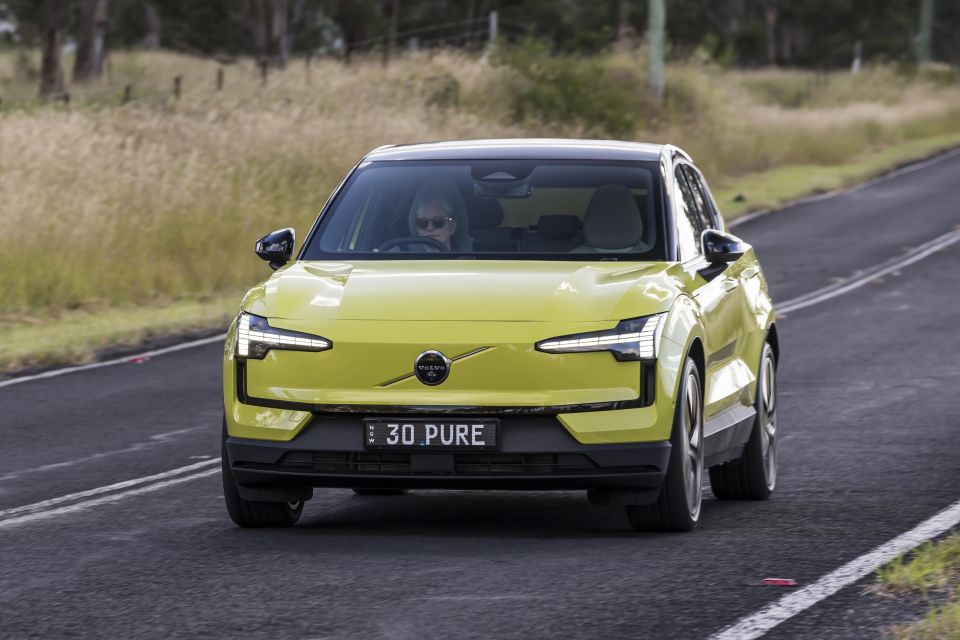
As noted earlier the EX30 Single Motor has more than enough poke for freeways and high-speed country B-roads. It quotes a 0-100km/h sprint time of just 5.3 seconds, which not long ago was the realm of V8 Holden Commodores.
That quiet and comfortable ride in town is reflected on the open road too, with good bump isolation on some patchier blacktop on the skirts of Adelaide towards the Barossa Valley.
Insulation from road and wind noise was also admirable. The EX30 is easily one of the more refined EVs at this price point irrespective of size or segment, and certainly feels a cut above some mainstream-branded rivals in this respect.
There’s no synthesised powertrain noise either, so it’s quite a serene little cruiser with only a faint hint of the outside world creeping in and the occasional high-pitched whir of the electric motor at work. Colour me very impressed.

Where expert car reviews meet expert car buying – CarExpert gives you trusted advice, personalised service and real savings on your next new car.
Hopping into the Twin Motor Performance, I quickly noticed some added firmness to the chassis tune and in turn the ride – and this was from the passenger seat.
It’s only 110kg heavier than the Single Motor with the same battery, but Volvo has clearly dialled in a bit more athleticism and focus into the DNA of the EX30 Twin Motor to go with that ‘Performance’ branding.
While it was noticeably firmer, it was far from uncomfortable leaving the Barossa Valley heading back into Adelaide. Where the Single Motor occasionally felt a bit soft and floaty, the Twin Motor was really tied together and struck a nice balance between comfort and handling.
Another thing you’ll notice is the extra performance when you put your foot down. Even with the more linear acceleration tune the EX30 Twin Motor pins you in your seat as you fire towards the horizon – it definitely feels like a 4.0-second car without even trying.
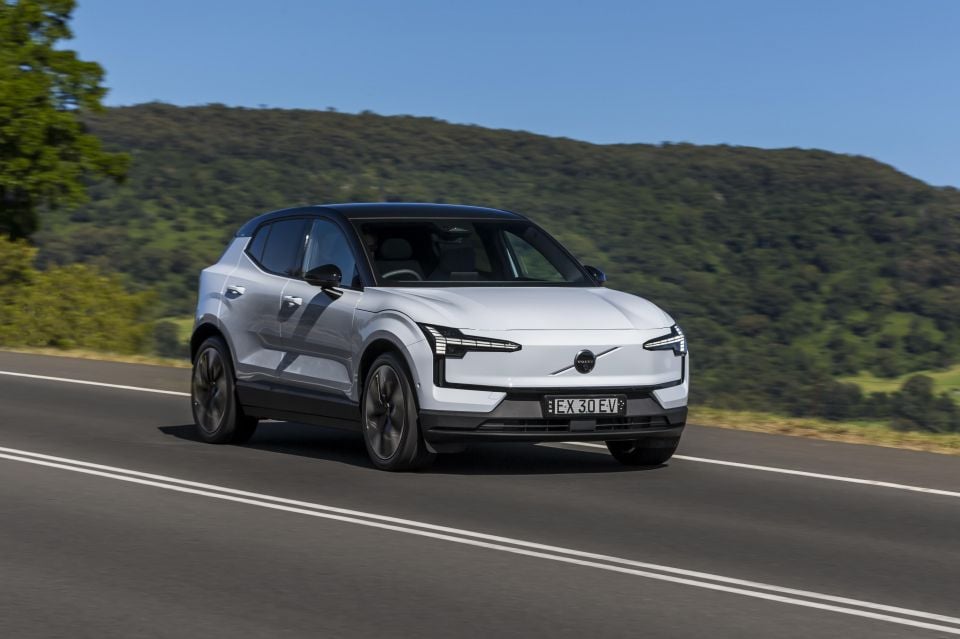
We perhaps didn’t get enough of an idea of how much the added traction of e-AWD benefits in corners, given the more dynamic part of the drive route was taken in the lighter Single Motor.
I will say, however, that the Twin Motor Performance has no issues whatsoever in putting its 315kW and 543Nm to the tarmac. I gave it a boot full on a freeway onramp and it just went – no scrabble, no slip, no nothing.
There aren’t any real drive modes or profiles to change things up, though you can toggle some individual settings like regenerative braking.
The one-pedal drive mode, like the throttle response, is quite linear in its response and does a good job at applying regenerative braking without giving you motion sickness.
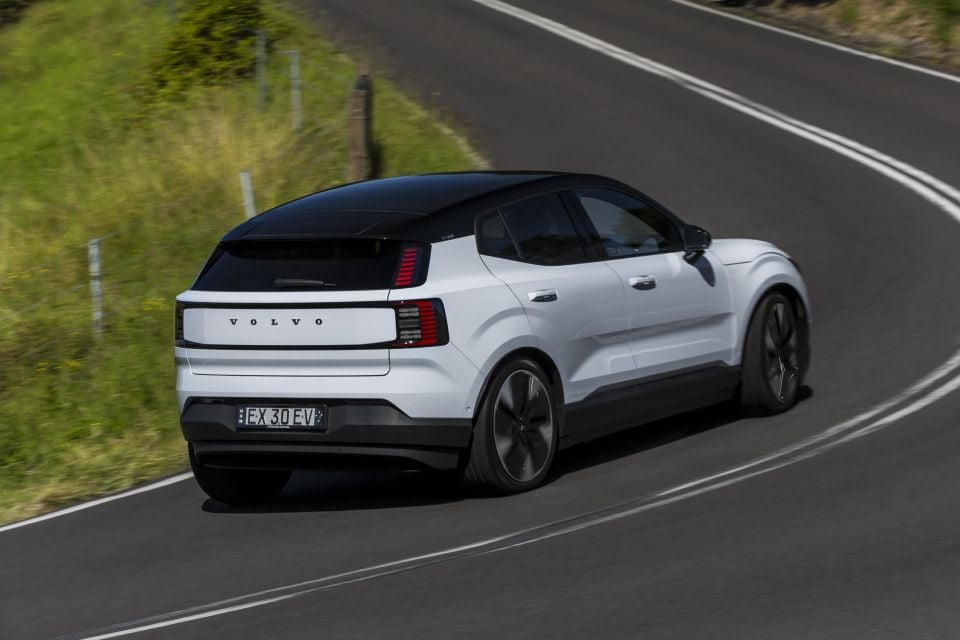
As for assistance systems, the EX30 comes equipped with “all the safety features you would expect from a Volvo”. Even better, they’re nicely calibrated and therefore largely unintrusive.
The lane-keep assist didn’t try to wrestle the steering wheel out of my hands, but still accurately and nicely nudged me back towards the centre if it thought I was too close to the lane’s edge.
Adaptive cruise control with Pilot Assist is also standard, activated by a hard push down on the column-mounted gear selector stalk as if you’re re-selecting drive. Once you come to terms with the operation, it’s a pretty accurate and intuitive assistant with glossy speed and distance controls on the steering wheel – clean your hands beforehand…
There’s also blind-spot assist with steering intervention, as well as rear cross-traffic assist with emergency brake. The Ultra’s 360-degree cameras could get you over the line to spend up, since outward visibility isn’t great over the shoulder and out the rear thanks to the chunky C-pillar and slim letterbox-style rear window.
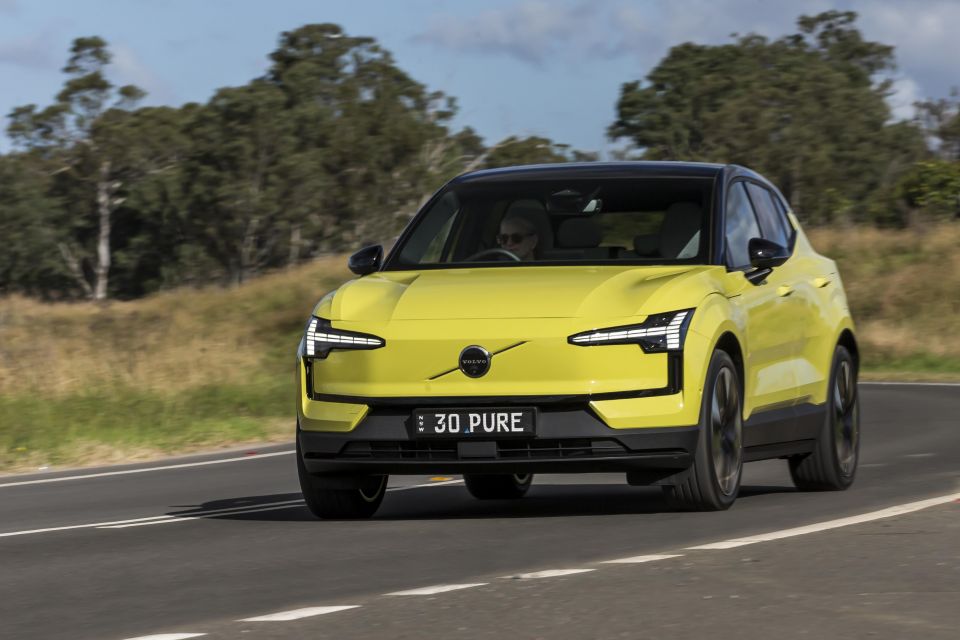
All told, the EX30 is a very likeable steer and beautifully blends comfort and dynamism.
Props to Volvo for getting this balance largely right on the money and also for giving each powertrain variant distinct personalities without any crippling compromises to the overall package – rival brands could learn a thing or two.
Two trim levels are available – the Plus is only available as a Single Motor, while the Ultra offers both Single Motor and Twin Performance drivetrain options.
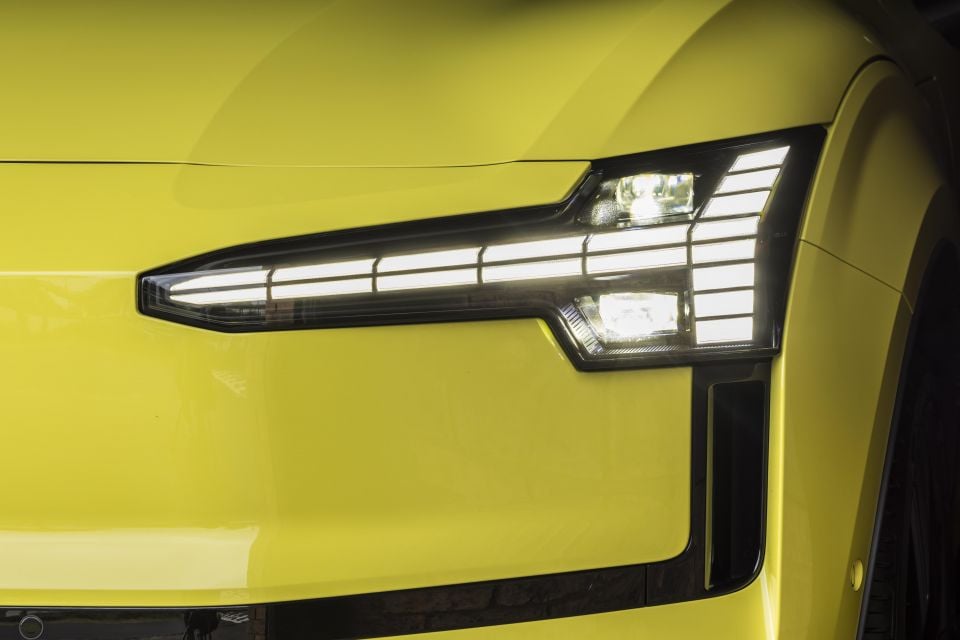
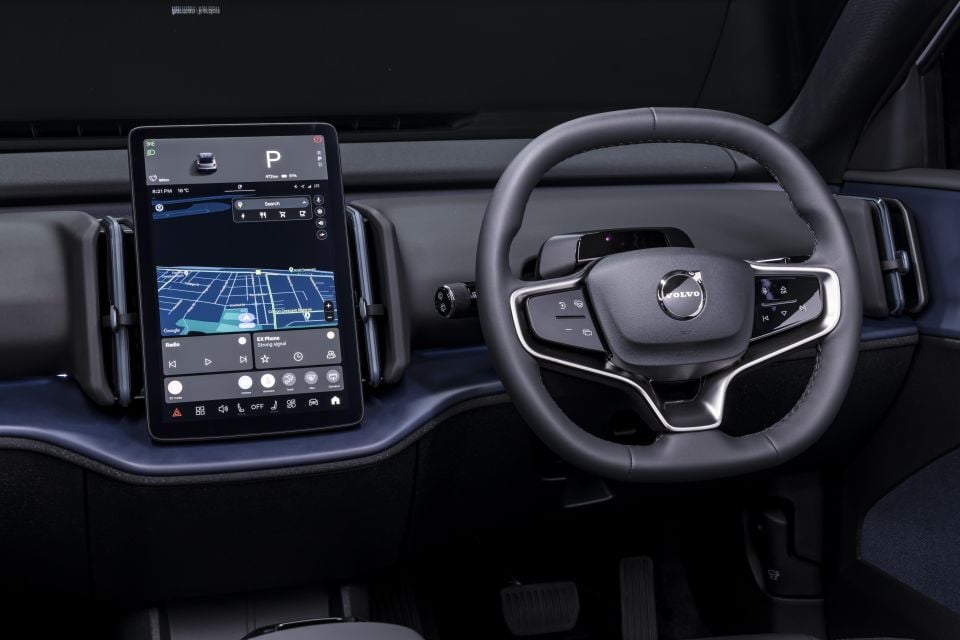
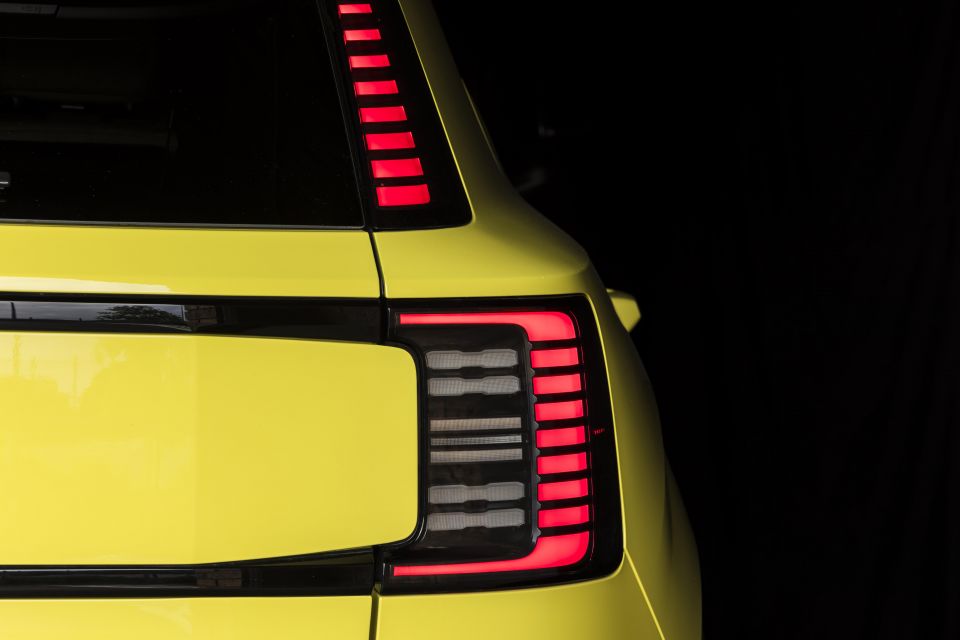
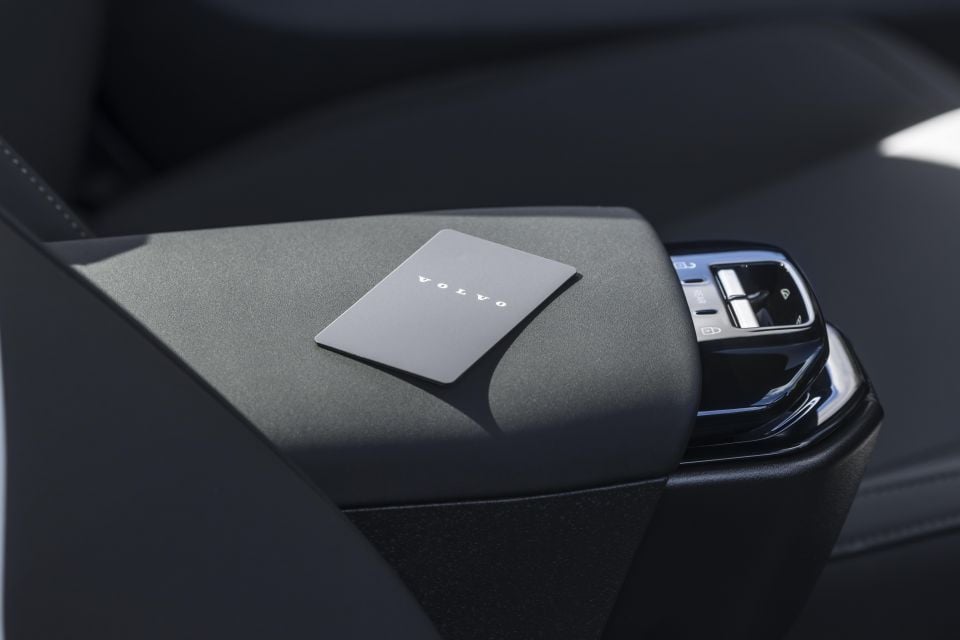
EX30 Plus highlights:
Charging
Climate
Driver support
Exterior
Interior
Cargo and storage
Tech and sound
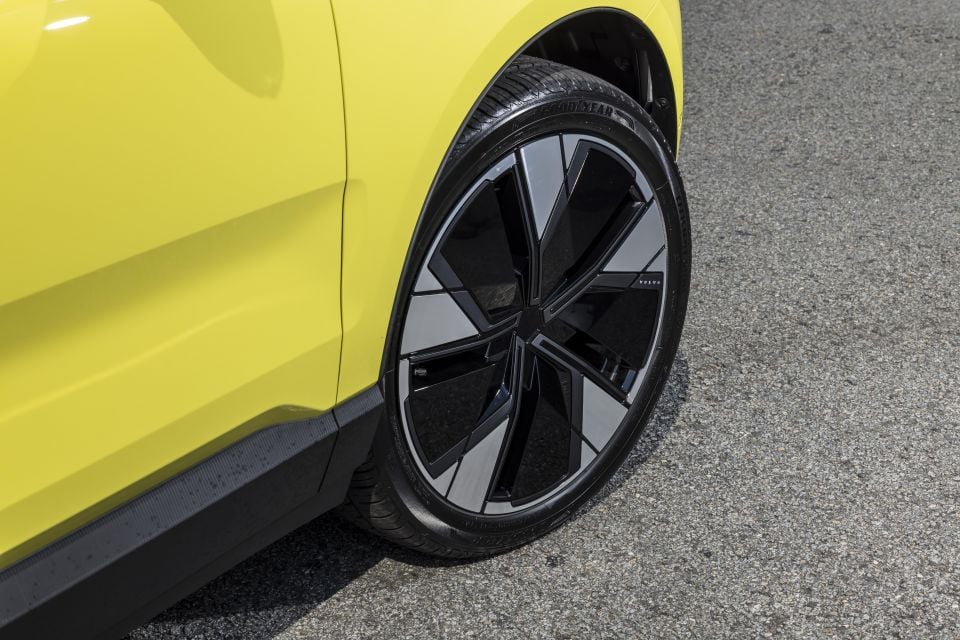
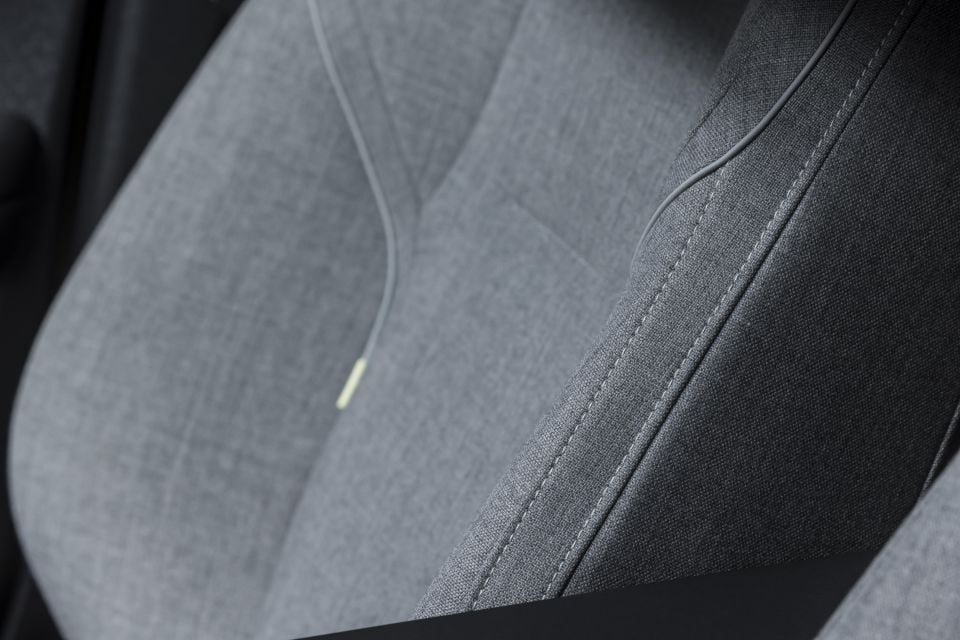
EX30 Ultra adds:
Climate
Parking Assistance
Exterior
Seats
The EX30 hasn’t been crash tested by ANCAP or Euro NCAP yet.
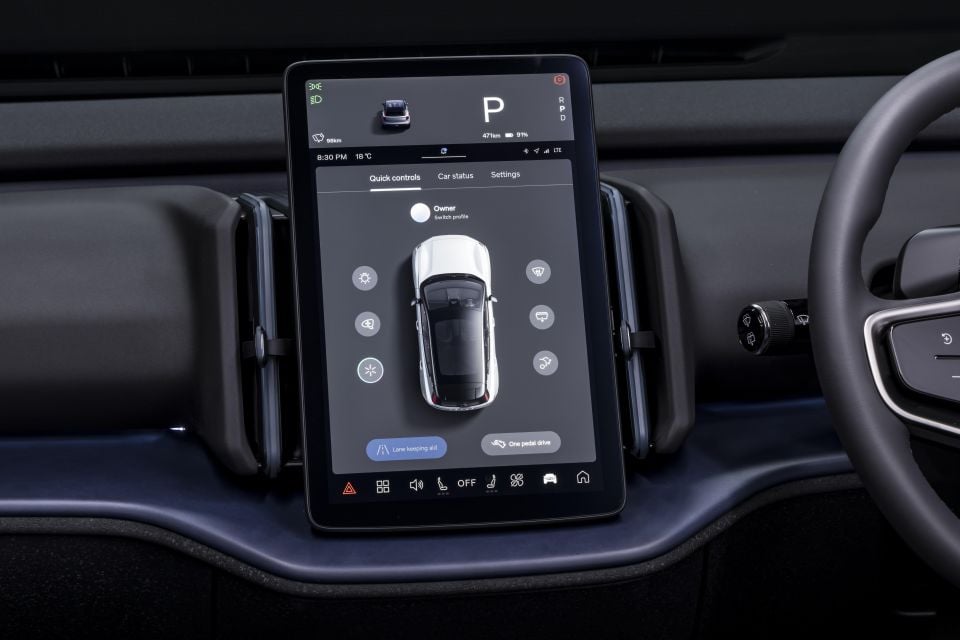
Standard safety features include:
The Ultra adds low-speed auto braking in reverse.
The Volvo range in Australia is backed by a five-year, unlimited-kilometre warranty.
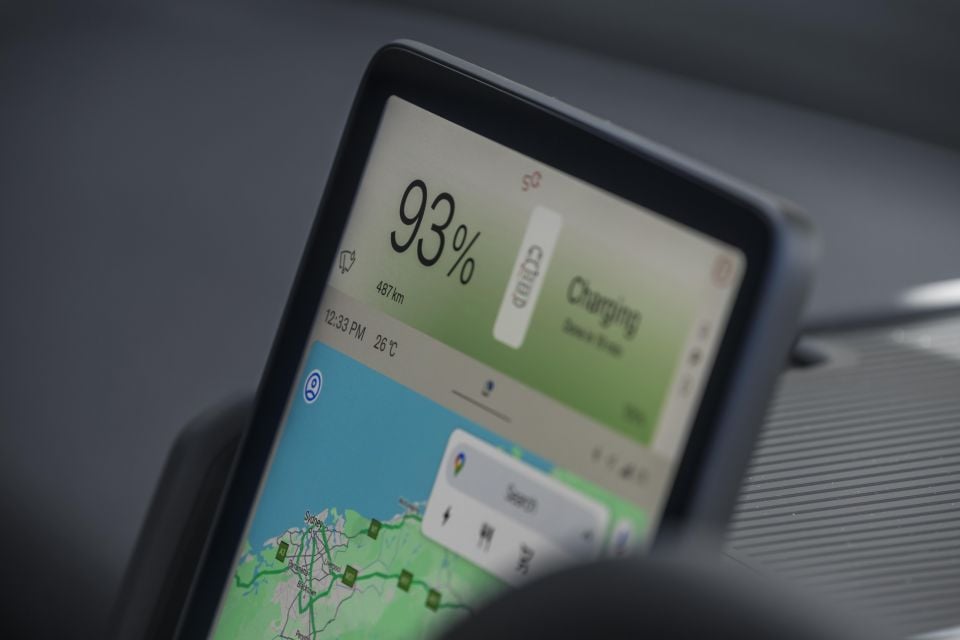
The battery is also backed by an eight-year warranty, and owners are treated to eight years of roadside assist.
Scheduled maintenance is required every 24 months or 30,000 kilometres – whichever comes first.
Volvo has confirmed that the first five years or 150,000km of servicing is included with the purchase price of the EX30.
The EX30 is shaping up as quite a compelling little electric car.
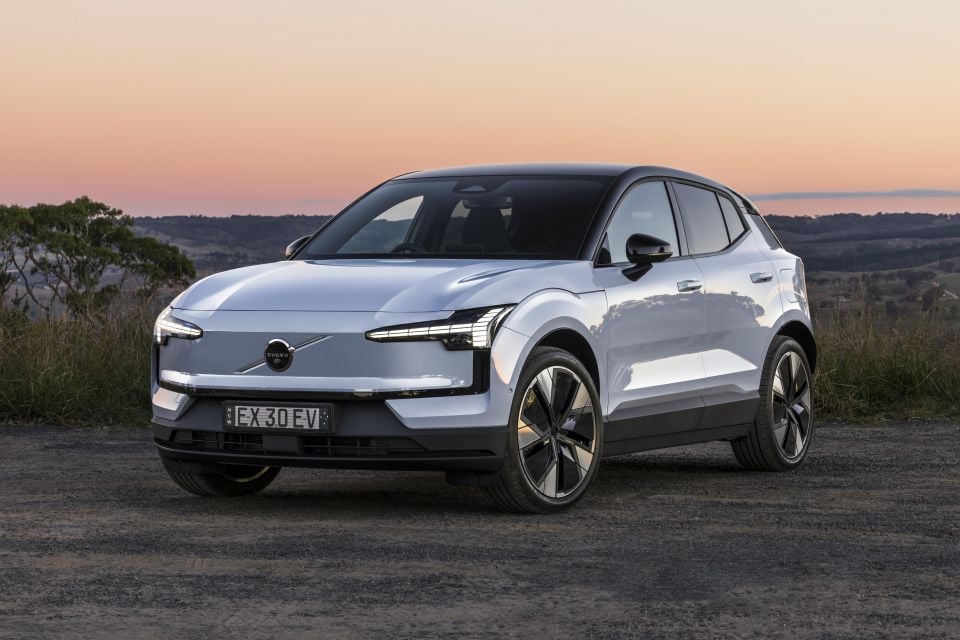
It’s priced well, offers plenty of performance and range relative to the competition, wears a desirable badge, and offers a design inside and out that is as thoughtful as it is interesting.
Volvo is looking to conquest new demographics with this car, largely a younger audience that may previously have seen the Swedish firm as an ‘old man’s brand’. The EX30 stays true to much of the brand’s core values whilst being fresh, vibrant and also against the grain.
I love how it drives, I love how it looks, and I love that you can really make it your own with the various interior trim choices. Some more exterior colour options would be nice – but that could all come in time.
Yes it’s small in the back and in the boot, and the prices have crept up for 2025, but the EX30 is a very well-rounded product for the money, especially when you consider many mainstream brands can’t hit the same balance of merits in this sub-segment of the EV market and charge more.
I wouldn’t be surprised if it ends up exceeding its sales forecasts. Hell, I might even buy one.
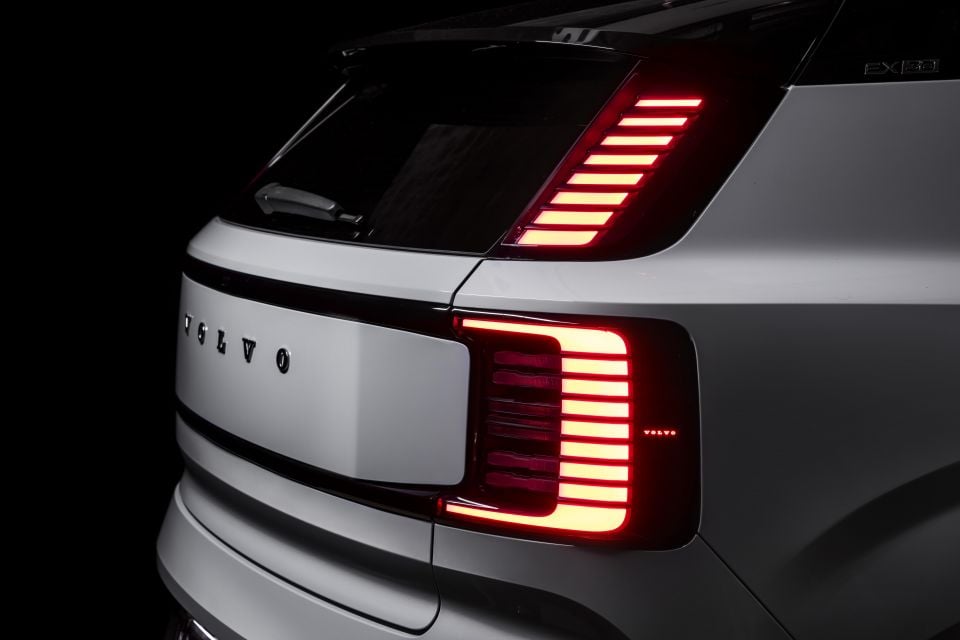
Click the images for the full gallery
MORE: Buy a Volvo EX30 MORE: Everything Volvo EX30
Where expert car reviews meet expert car buying – CarExpert gives you trusted advice, personalised service and real savings on your next new car.
James Wong is an automotive journalist and former PR consultant, recognised among Australia’s most prolific motoring writers.


Ben Zachariah
14 Hours Ago
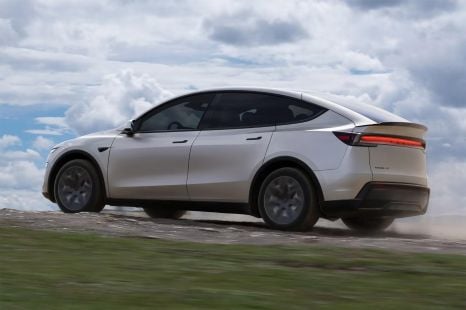

Derek Fung
2 Days Ago
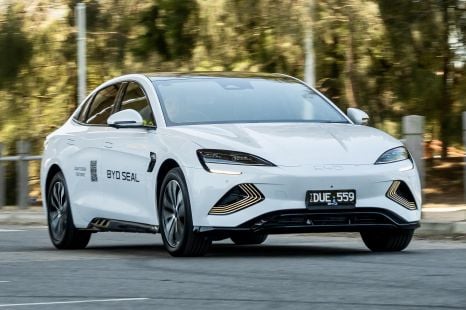

Max Davies
8 Days Ago
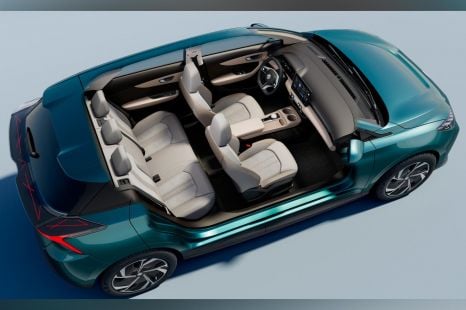

William Stopford
8 Days Ago
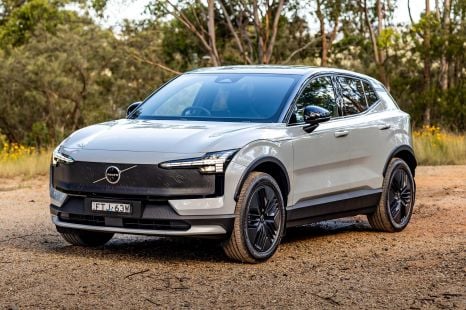

Matt Campbell
10 Days Ago
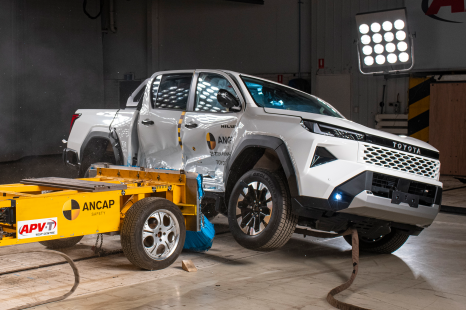

William Stopford
12 Days Ago